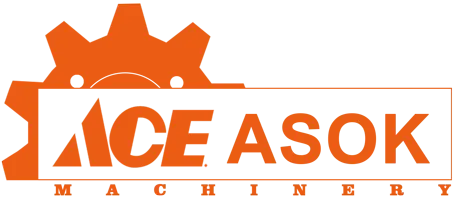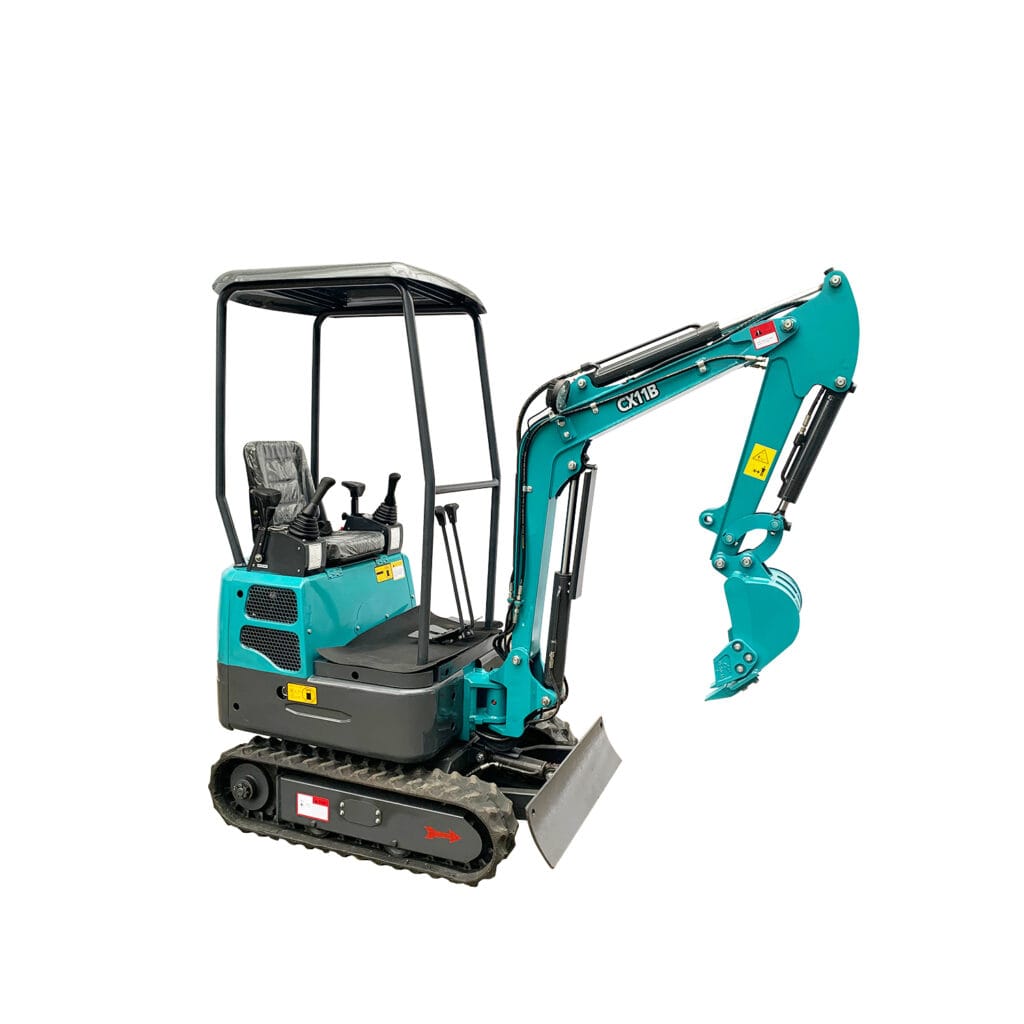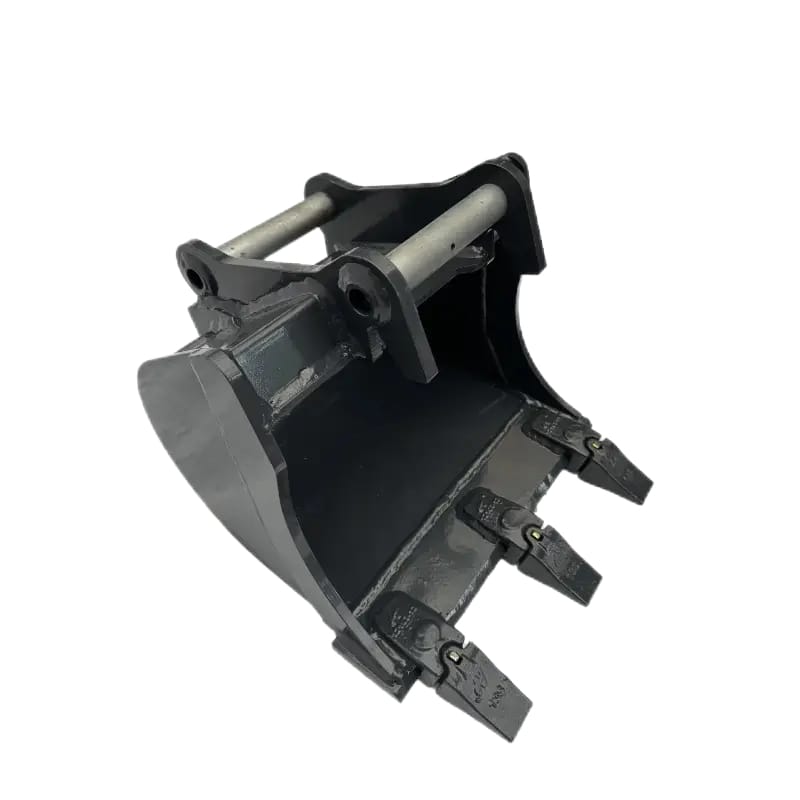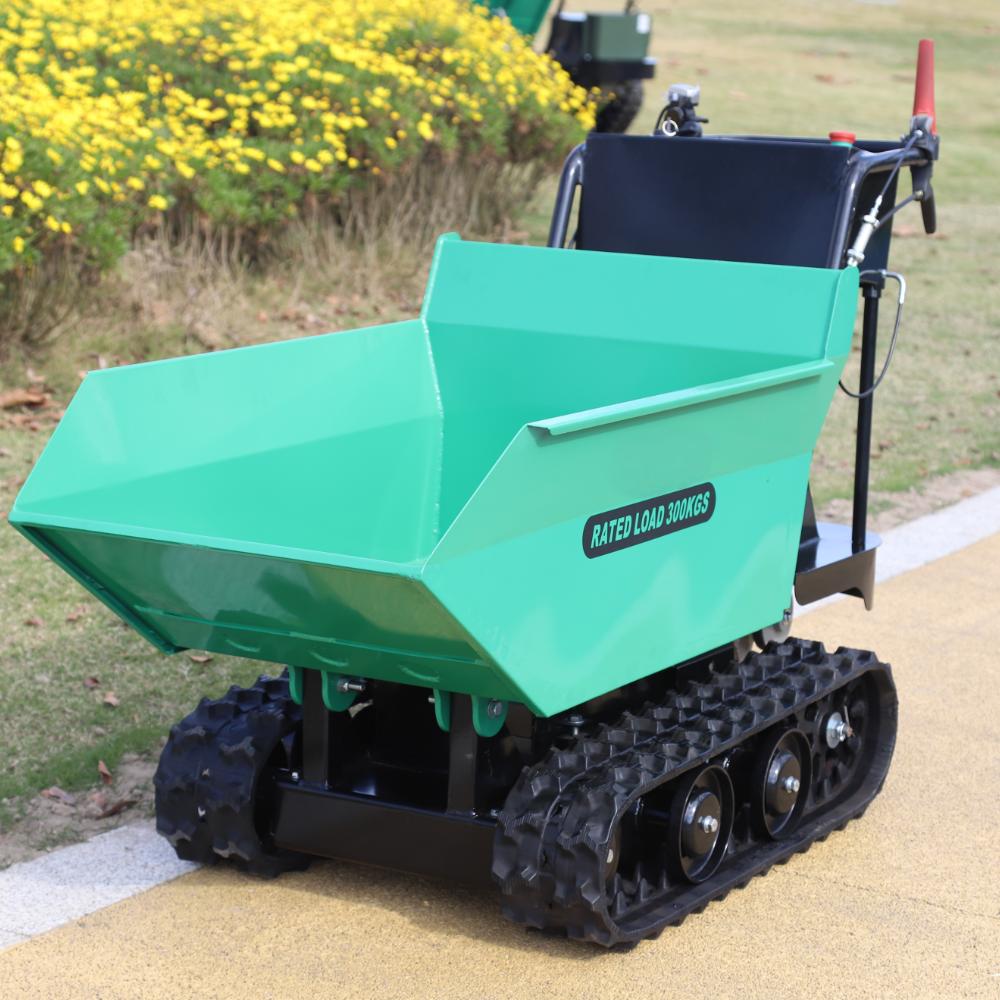What is a Skid Steer Loader?
A Skid Steer loader is a compact, multi-functional construction machine built for manoeuvrability in confined workspaces. The core design feature is the side-sliding or skidding turning mechanism and a quick-attach system for rapid tool changes. With forks, buckets, rakes, snow blowers, stump grinders and many other attachments, the Skid Steer loader becomes a versatile platform for material handling, excavation, grading and loading.
Why the Name “Skid Steer Loader”?
The name “skid steer” comes from the way the machine turns. Unlike conventional vehicles where wheels pivot, a skid steer’s wheels or tracks are fixed in alignment. To turn, the wheels on one side move faster than those on the other, causing the machine to “skid” or drag slightly as it pivots.
This unique steering mechanism allows the loader to rotate almost within its own footprint, enabling sharp turns and precise control in tight spaces. Simply put, the loader “steers by skidding”—hence the name skid steer loader.

What is a Skid Steer Loader Used For? — Core Uses and Typical Jobs
Understanding what is a Skid Steer loader used for helps specifiers and buyers choose the right machine and attachments. The principal Skid Steer loader uses include:
- Construction and site preparation: digging, backfilling, material loading, small trenching tasks.
- Landscaping and horticulture: grading, spreading mulch, moving soil, and finishing around plants and hardscape.
- Municipal and maintenance: snow clearance with a snow blower, road verge maintenance, waste handling.
- Agriculture and forestry: feed handling, clearing brush, stump work with dedicated attachments.
- Residential and confined-space work: projects that larger machines cannot access, such as between houses or inside tight yards.
In short, the machine’s biggest advantage is “one machine, many jobs” — the essence of Skid Steer loader uses across industries.
How to Drive a Skid Steer Loader — Step-by-Step
Clear instructions for how to drive a Skid Steer loader are essential for safety and productivity. The following steps present the standard, model-agnostic workflow for operators learning how to drive a Skid Steer loader.
Pre-start inspection
- Check fuel, engine oil, and hydraulic fluid levels.
- Inspect tires or tracks for damage and ensure quick-attach pins are secure.
- Verify safety devices: seat belt, seat bar, interlocks, lights, and warning indicators.
Starting and basic drive controls
To learn how to drive a Skid Steer loader, sit and fasten the seat belt, lower the safety bar, and start the engine per the manufacturer’s instructions. Most modern units use dual joystick controls: the left joystick controls machine movement (forward, reverse, left and right), while the right joystick controls the loader arms and bucket tilt. Some models use foot pedals or combined control schemes — the operator should confirm the exact layout before use.
Practical driving tips
- Move the bucket low when travelling to lower centre of gravity and reduce rollover risk.
- Use smooth, progressive joystick motions instead of abrupt inputs.
- Avoid sharp turns at speed and never turn across a steep slope.
- When using attachments, practice in an open area to learn response and hydraulic behaviour.

Different Controls and Attachments
The control layout determines how an operator will approach the question of how to drive a Skid Steer loader. Common control elements include:
- Drive controls: hand levers or joysticks for track/wheel speed and direction.
- Lift & tilt controls: joystick axes or pedals to raise/lower arms and tilt attachments.
- Auxiliary hydraulics: separate switches or levers to supply hydraulic power to attachments.
- Safety interlocks: seat bar sensors and parking brakes that prevent accidental movement.
Common Accidents and Safety Recommendations
The most frequent incidents with Skid Steer loader operation are rollovers and crushing injuries. Rollovers commonly occur when loads are carried too high or on uneven terrain; crushing incidents can happen when an operator exits the cab while the arms are raised. To reduce accidents:
- Always keep loads low when moving.
- Set outriggers or stabilizers if provided for heavy attachments.
- Lower the attachment and shut off the engine before exiting the cab.
- Ensure all operators receive proper training on how to drive a Skid Steer loader and its attachment controls.
How to Maintain a Skid Steer Loader
Routine upkeep maximizes uptime and safety. A recommended maintenance routine that supports the typical Skid Steer loader uses includes:
- Daily checks: fluids, hoses, filters, and tyre/track condition.
- Cleaning: remove debris from cooling fins and undercarriage to avoid overheating.
- Lubrication: grease pins, pivot points and attachment couplers per service intervals.
- Scheduled service: follow manufacturer intervals for hydraulic and engine service and filter replacement.
Proper storage — sheltered from weather — and documented service records also extend machine life.
Choosing a Chinese Skid Steer Loader — What Buyers Should Know
For buyers considering a Chinese Skid Steer loader, several factors matter: build quality, warranty and parts availability, local dealer support, and compatibility with desired attachments. Chinese manufacturers often offer competitive pricing and rapid delivery. When evaluating a Chinese Skid Steer loader, request:
- Detailed specification sheets and load charts.
- Reference projects or customer testimonials.
- Spare parts lists and service network details for the destination country.
Doing this helps ensure the chosen Chinese Skid Steer loader meets the required Skid Steer loader uses and site conditions.
Summary
A Skid Steer loader is a compact multi-purpose machine widely used because it answers the question of “what is a Skid Steer loader used for” across construction, landscaping, municipal and agricultural sectors. Knowing how to drive a Skid Steer loader, understanding the controls, following safety rules, and performing consistent maintenance are the keys to safe, efficient operation. For buyers, Chinese Skid Steer loader options provide competitive choices when quality, support and parts are verified.
FAQ
Q1: What is the Difference Between a Skid Loader and a Loader?
The main difference lies in size and steering mechanism:
A Skid Loader (Skid Steer) is smaller and uses fixed wheels that turn by skidding. It’s best for small worksites and light to medium-duty applications.
A Loader (Wheel Loader or Front-End Loader) is much larger, uses articulated steering, and is built for heavy material handling in open spaces such as mines or quarries.
In short, a skid loader is compact and agile, while a standard loader is powerful and built for large-scale operations.
Q2: What Are the Different Types of Loaders?
Loaders come in several varieties depending on work conditions and lifting needs:
Skid Steer Loader – Compact and highly maneuverable.
Wheel Loader – Large and ideal for bulk material loading.
Track Loader – Provides better traction on soft or muddy surfaces.
Backhoe Loader – Combines a loader in front and a backhoe in the rear.
Compact Wheel Loader – Mid-sized with better reach and fuel efficiency.
Crawler Loader – Built on tracks for heavy-duty terrain and mining work.
Q3: Are Skid Steers a Good Investment?
Yes. A Skid Steer loader is a sound investment due to its multi-functionality, high productivity, and strong resale value. With dozens of available attachments, one machine can handle multiple roles—excavation, grading, lifting, sweeping, or snow removal—reducing the need for several separate machines.
High-quality Chinese Skid Steer loaders also offer cost efficiency, durability, and strong after-sales support, enhancing return on investment for contractors and equipment dealers.




